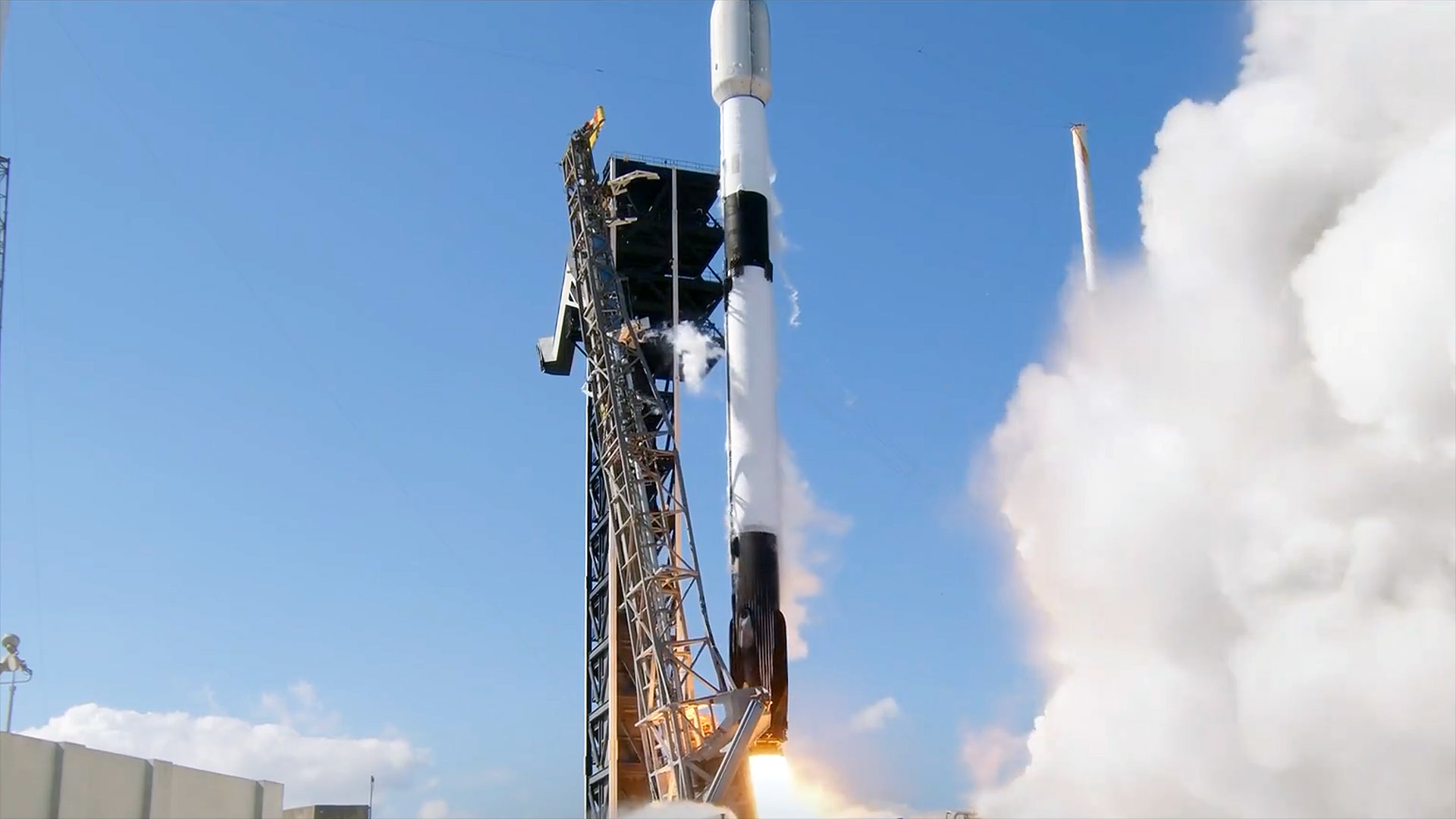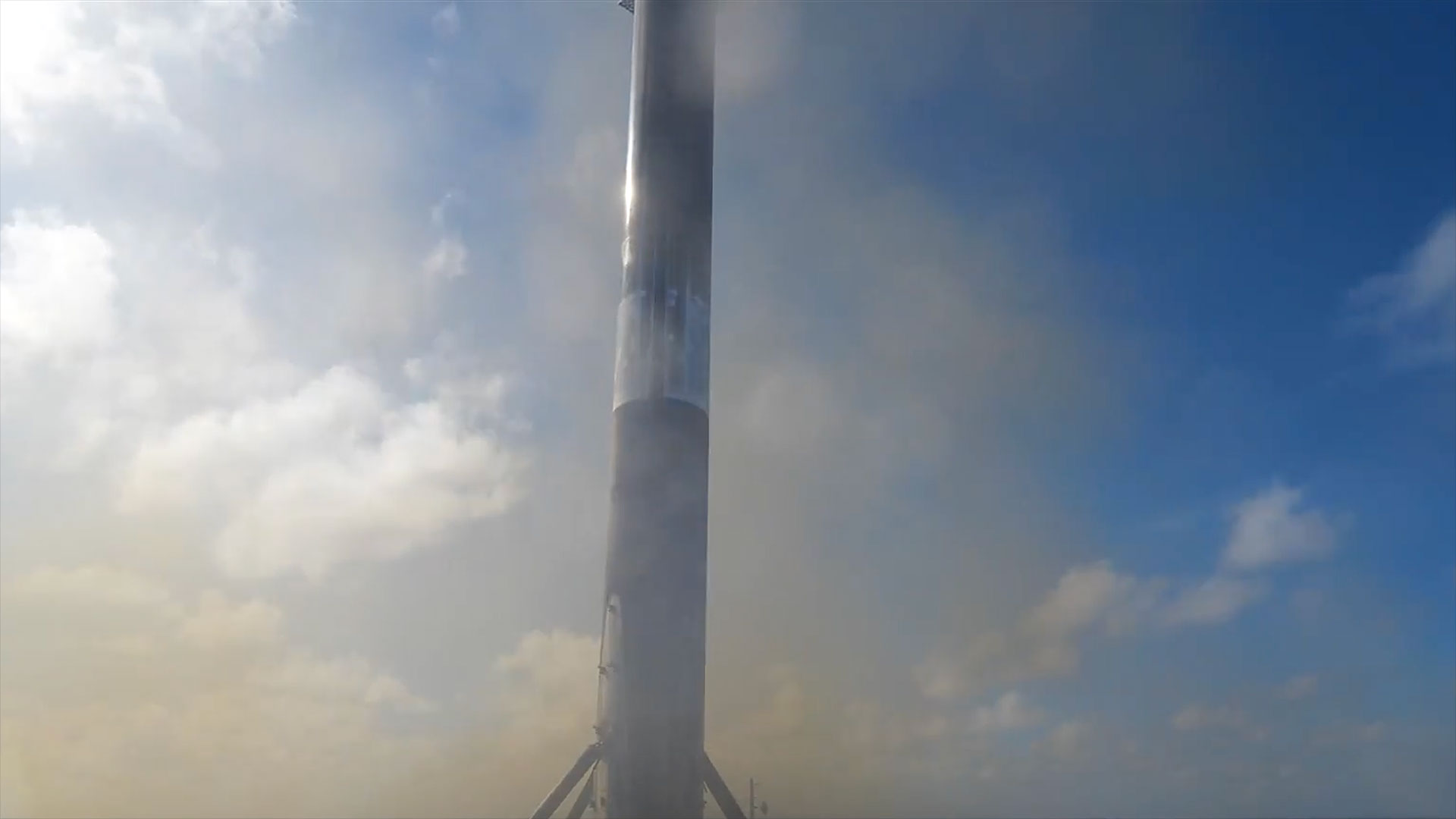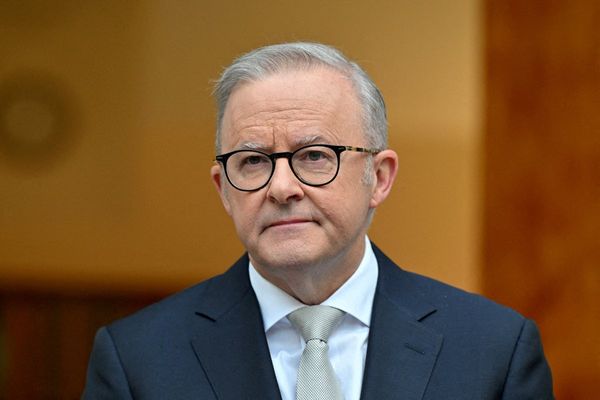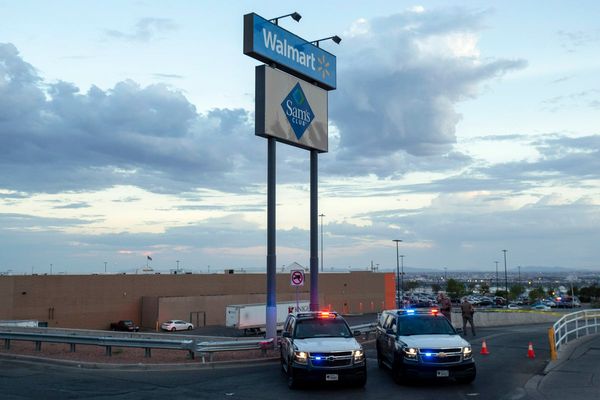
SpaceX launched another batch of its Starlink internet satellites from Florida's Space Coast on Saturday (Feb. 8).
A Falcon 9 rocket carrying 21 Starlink spacecraft, including 13 with direct-to-cell capability, lifted off from Cape Canaveral Space Force Station Saturday, at 2:18 p.m. EST (1918 GMT).
The Falcon 9's first stage returned to Earth about eight minutes after liftoff.. It touched down in the Atlantic Ocean on the drone ship "A Shortfall of Gravitas."

It was the 17th launch and landing for this particular booster, according to a SpaceX mission description. Twelve of its 16 flights to date have been Starlink missions.
The Falcon 9's upper stage, meanwhile, continued to carry the 21 Starlink satellites to low Earth orbit, to deploy them there about 65 minutes after liftoff.
Related: Starlink satellite train: how to see and track it in the night sky

SpaceX has now launched 17 Falcon 9 missions in 2025, 11 of them Starlink flights.
The company also has one other launch under its belt — the Jan. 16 test flight of its Starship megarocket, which was a partial success. Starship's Super Heavy first stage came back to the launch tower for a "chopsticks" catch as planned, but the vehicle's upper stage exploded about 8.5 minutes after launch, apparently because of a propellant leak.







